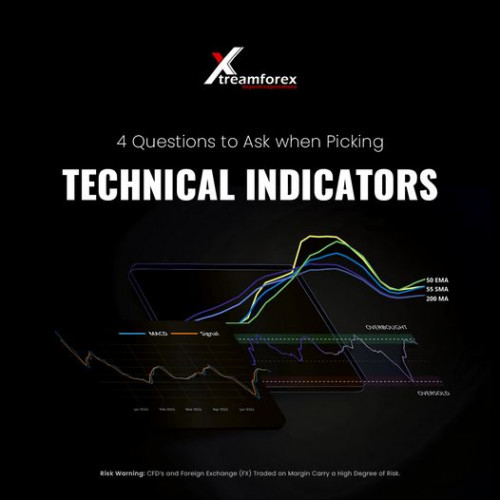- העלאה
- היכנס
-
HE
- Eesti (Eesti)
- Български
- فارسی
- Français
- Русский
- 日本語
- Português (Brasil)
- Magyar
- Tiếng Việt
- Nederlands
- Српски
- Lietuvių (Lietuva)
- Bahasa Indonesia
- Slovenčina
- العربية
- Ελληνικά
- Dansk
- 简体中文
- Українська
- Türkçe
- Suomi
- Hrvatski
- Polski
- Svenska
- English
- Italiano
- Español
- Deutsch
- Čeština
- 繁體中文
- ไทย
- Norsk Bokmål
- Português
- עברית
- 한국어
- אודות


